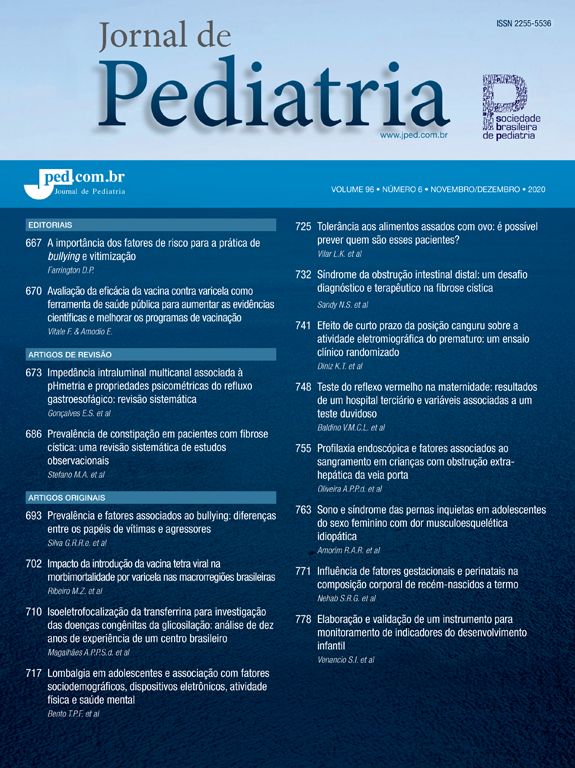The author studied the value of therapeutic test for the diagnosis and treatment of kala-azar in children by comparing two groups of patients. The identification of Leishmania donovani in smears of bone marrow confirmed the diagnosis in all fifty seven patients of the control group. In another group with sixteen children, the diagnosis was based on the successfull response to the treatment with meglumine antimonate. In none of the patients of the second group the protozoa was identified and the decision to give the specific treatment was based on epidemiological, clinical, biochemical and hematological criteria for the disease. Statistical analysis was performed by Student t test to compare clinical, biochemical and hematological variables between the groups. None of the differences between the groups was satistically significant, suggesting that the therapeutic test was valid, and all patients who received treatment had kala-azar.
O fator de impacto mede o número médio de citações recebidas em um ano por trabalhos publicados na revista durante os dois anos anteriores.
© Clarivate Analytics, Journal Citation Reports 2025
O CiteScore mede as citações médias recebidas por documento publicado. Mais informação
Ver maisSJR é uma métrica de prestígio baseada na idéia de que todas as citações não são iguais. SJR utiliza um algoritmo similar ao page rank do Google; é uma medida quantitativa e qualitativa ao impacto de uma publicação.
Ver maisSNIP permite comparar o impacto de revistas de diferentes campos temáticos, corrigindo as diferenças na probabilidade de ser citado que existe entre revistas de distintas matérias.
Ver mais







